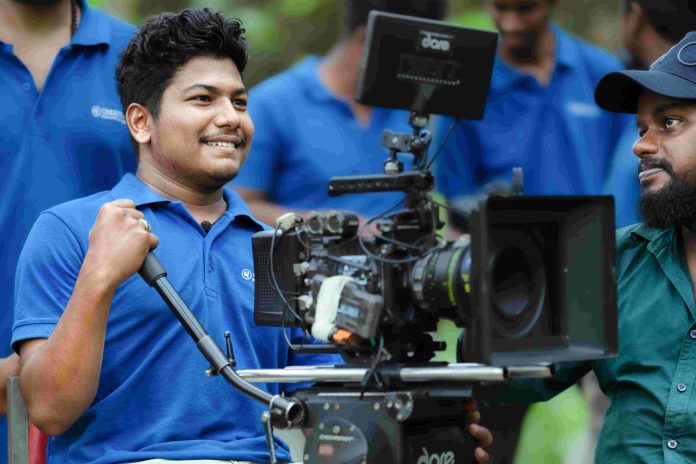Motion photography is the art of capturing movement. As a result, the pictures become less static and more unpredictable as a result of the storytelling element. Another reason that movement sticks out is that it creates a mood. Experimenting with high-speed photography with water splashes is very fun.

But that’s just one possibility. Almost any liquid can be used with the same setup. Adding a few drops of food colouring to the water have a significant impact on the images and give some variety to the work. Any competent camera will suffice, though for optimal results, a DSLR or mirrorless camera with a good lens is recommended. (I used a 70-200mm f/2.8 lens at 200mm and shot from a distance.) Use a tripod whenever possible; it will make focusing and framing ten times easier.

The secret to excellent splash photography, like with any fast-moving subject, is to use an exposure time short enough to completely freeze the motion. Ideally, it should be around 1/8000 of a second.
The image sensor is exposed to light for a shorter period of time when the shutter speed is faster; the image sensor is exposed to light for a longer period of time when the shutter speed is slower. If you’re capturing a moving subject, different shutter speeds will produce varied results.

Photography of water droplets Waterdrop photography is a type of macro photography that captures the movement of water drops in a tub of water. Combining them with an off-camera flash will get the best results. It’s a popular style that you may try at home. Set your camera to manual mode and focus on the spot where your droplets will hit the water.

Put your finger in the water to help you focus. For enough depth of field, use a fast shutter speed (about 1/200th of a second) and an aperture of f4-f5.
Copyrights:
All the photos and text in this post are copyright of Renjith S Pillai, Kollam Kerala, Creative Hut Institute of Photography. Their reproduction, full or part, is forbidden without the explicit approval of the rightful owners.


